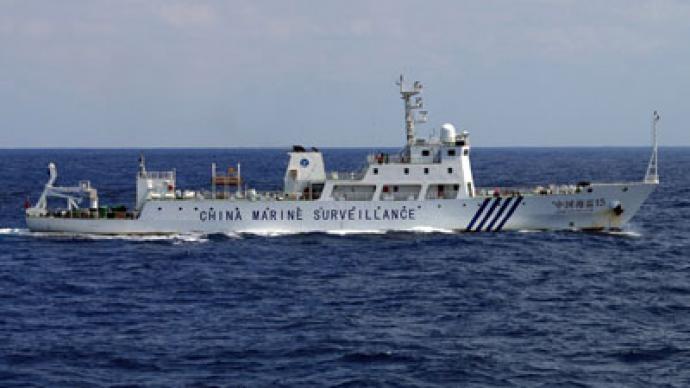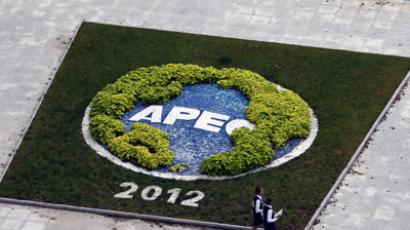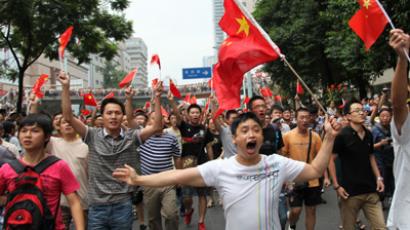Building tension? Japan construction plans for disputed islands sure to upset China

Tokyo’s governor, who sparked Chinese fury by his proposal to buy disputed islands, has announced plans to build on the archipelago. The nationalist seeks to cement Japan’s claim, but will likely exacerbate strained relations with its neighbor.
Officials close to Governor Shintaro Ishihara told Reuters that he would attempt to win support for the construction project from the conservative Liberal Democratic Party, which is pitted to win the coming elections.
"With an Ishiba or Abe government we could use the funds we have raised to build some kind of shelter for ships or a transmitter or lighthouse," Deputy Naoki Inose told Reuters. Ishihara reportedly hopes to raise about US$19,000 in order to install infrastructure on the islands.
Ishihara’s deputies said that basic infrastructure on the Senkaku Islands, known to the Chinese as the Diaoyu, would ensure the safety of Japanese fishermen in the area.
Japan has administered the islands for last few decades and maintains that its neighbors’ interest in them is comparatively recent.
Japan provoked Chinese ire when it sought to purchase the disputed islands at the beginning of September. Ishihara originally put forward the idea to buy the archipelago in April as a solution to the territorial conflict.
China’s government was incensed by the move, branding it as an affront to Chinese sovereignty and an act of provocation on the part of the Japanese.
Although the islands are uninhabited, they are believed to house significant gas resources and the sea around them is a rich fishing ground. The further complicate the territorial dispute, Taiwan also lays claim to the archipelago.
The escalation of tensions between the two Asian nations triggered mass anti-Japan protests across China, in which activists attacked Japanese cars and vandalized shops, forcing businesses to cease operations. A wave of demonstrations also swept through Japan, decrying the Chinese claim over the islands.
An appeal for “cool heads” by the US saw tensions between the two countries abate. However, Ishihara’s construction plans may see the conflict reignited.
Associate Professor at the National Graduate Institute for Policy Studies in Tokyo said to Reuters that the new plans have the potential to "re-create the situation we have just gone through – strong reaction from China followed by demonstrations and attacks on Japanese companies."
The Chinese government maintains the assertion that the islands have belonged to them since ancient times and were stolen by the Japanese in 1895 following a war with China.
Japan, on the other hand, dismisses these claims and states that the Chinese only began to contest the sovereignty of the archipelago a few decades ago and had previously not challenged Japanese control.














